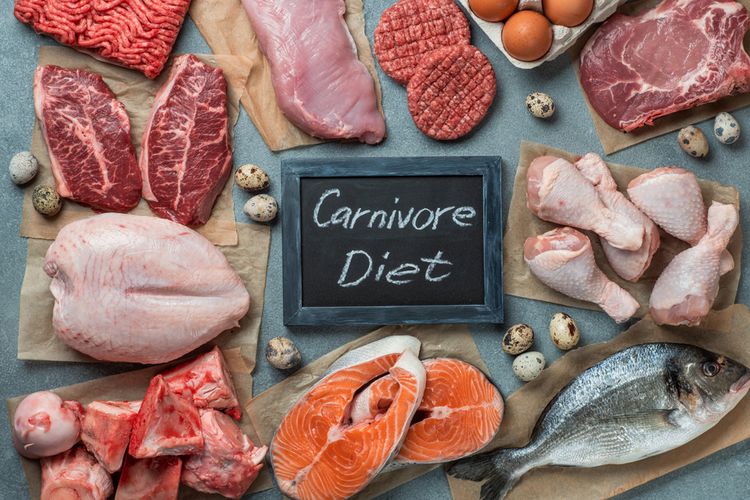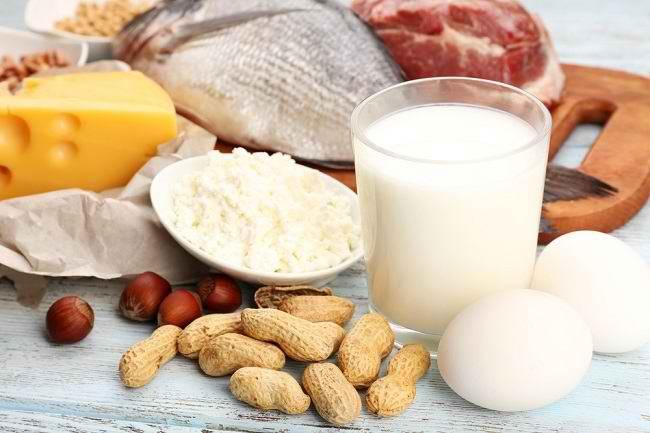Water fasting is a diet method where you consume only plain water without any other food or drinks. This method should be undertaken with caution as it can cause health issues if not done correctly.
What Is Water Fasting?
Water fasting is often done to lose weight, detoxify the body, or prepare for surgery. During this diet, you can only drink plain water and no calories are consumed. Plain water is chosen because it contains no calories and is very beneficial for health.
Benefits of Water Fasting
Here are some benefits you can gain from water fasting:
- Weight Loss
- With no calorie intake for 24 hours or more, you can lose up to 0.9 kg per day. Drinking 2 liters of plain water can also burn up to 100 calories per day.
- Reducing the Risk of Heart Disease and Cancer
- Research shows that water fasting can lower cholesterol and triglyceride levels, which are risk factors for heart disease. Water fasting is also believed to prevent the growth of cancer cells.
- Reducing the Risk of Diabetes
- By eliminating sugar intake, the risk of diabetes can be reduced. Water fasting also increases the body’s sensitivity to insulin, which helps regulate blood sugar levels.
- Lowering Blood Pressure
- Medically supervised water fasting can lower blood pressure in hypertensive patients. Studies show that 82-90% of people experience a drop in blood pressure after water fasting for 10-14 days.
Dangers of Water Fasting
Besides the benefits, water fasting also poses risks if not done correctly:
- Nutritional Deficiency
- Without food intake, the body risks malnutrition. Nutrients like protein, carbohydrates, fats, vitamins, and minerals are essential for optimal body function.
- Dehydration
- Even when only drinking plain water, the body can become dehydrated because 20-30% of fluid intake usually comes from food. Symptoms of dehydration include dizziness, nausea, headaches, and constipation.
- Orthostatic Hypotension
- This is a condition where blood pressure drops suddenly when standing up from a sitting or lying position, causing dizziness and fainting sensations.
How to Perform Water Fasting
To ensure water fasting is safe, follow these phases:
- Pre-Diet Phase
- Prepare yourself 3-4 days in advance by eating small portions or fasting for a few hours a day.
- Diet Phase (24-72 Hours)
- During the diet, drink 2-3 liters of plain water per day. Avoid activities that require high concentration, such as driving. Do not extend the diet beyond 72 hours without medical supervision.
- Post-Diet Phase
- End the diet by consuming small meals or juice, then gradually increase food intake to avoid refeeding syndrome, which can be dangerous.
Who Should Not Do Water Fasting?
Water fasting is not recommended for pregnant women, breastfeeding mothers, the elderly, and people with certain medical conditions like kidney failure, gout, ulcers, or eating disorders.
Always consult a nutrition specialist before starting this diet to ensure it is suitable for your health condition. The doctor may also suggest other healthy lifestyle practices such as eating nutritious foods, regular exercise, and avoiding smoking or alcohol consumption.
 Rasanya.com Informasi di Jari Anda
Rasanya.com Informasi di Jari Anda








